Thuja western "Danika": description, planting and care

Western thuja "Danica" is a widespread miniature plant that is often used to decorate backyards, summer cottages and garden plots. This variety is referred to as dwarf, because the height of its crown is more than 80 centimeters, and the diameter of the plant is about 100 centimeters. If you are interested in the features of this plant, its varieties, as well as the rules of planting and care, then it will be useful for you to read our material.
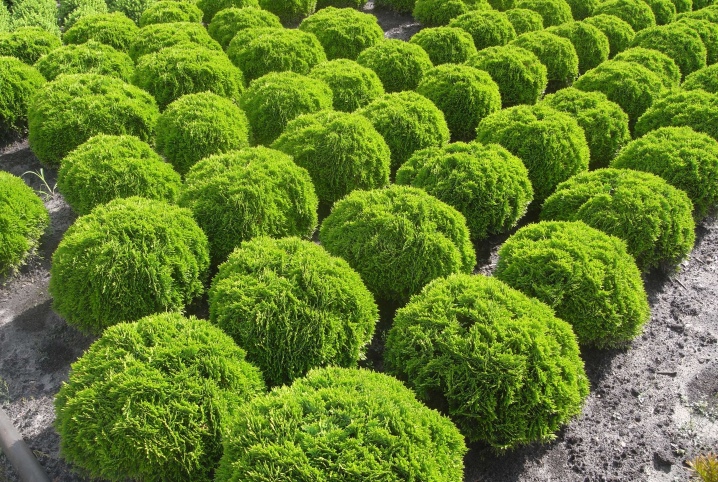
Peculiarities
The crown of the western variety of thuja has a spherical shape and small size. The tree reaches its highest height not earlier than in the 15th year of its development, therefore thuja "Danica" is classified as a slow-growing variety. This type of coniferous evergreen is not natural. It appeared thanks to the efforts of breeders from Denmark, who bred Danica in the middle of the 20th century.
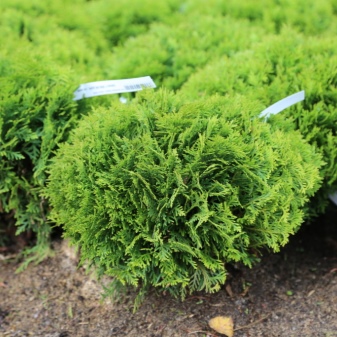
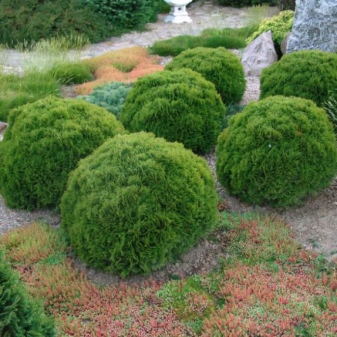
If we talk about the botanical description, it is important to note that thuja "Danica" is a shrub whose crown consists of a large number of shoots. The latter, in turn, are covered with rather soft needles. The branches of a miniature shrub have a clearly defined vertical orientation, which is why an adult, developed plant is very fluffy. The needles themselves, which form the basis of the crown, are in the shape of a needle. Over time, it takes the form of flakes, which adhere tightly to the wood and cover it. The color of the plant changes depending on the season. So, in summer, the shrub is painted in bright and rich green shades, but in winter the crown of the plant becomes brown.
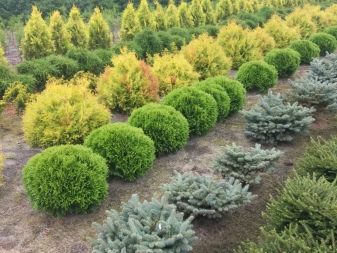
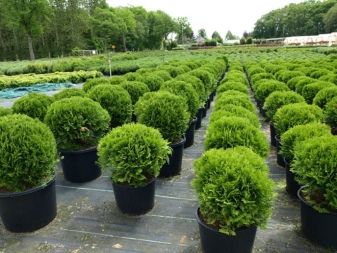
Generally speaking, scientists believe that the maximum lifespan of a plant can be up to 150 years. Such an indicator is achievable only in case of full compliance with the rules of care and maintenance. Unfortunately, today such age specimens do not exist in nature, therefore, it is not possible to confirm the theoretical assumptions of scientists in practice.
Varieties of varieties
A variety like "Danica" does not differ in great species diversity, since it includes only 1 of them - "Danica Aurea". This coniferous shrub is very popular among both experienced gardeners and beginners, as well as landscape designers. The characteristic distinguishing features of this variety are its miniature size and unusual golden color. The maximum height of thuja "Danica Aurea" is about 80 centimeters. In winter, the shrub takes on a unique bronze hue. The plant is actively used in rock gardens, complex compositions, as well as for landscaping.
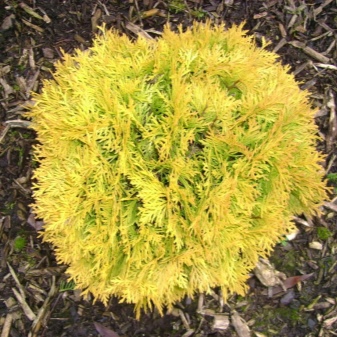

How to plant?
Planting is a process on which the further development of thuja depends. That is why this stage should be given special attention. So, first you need to choose the optimal landing site. This can be a sunny or partial shade place, but in no case is it recommended to plant a shrub in the shade (for example, under a house or under tree crowns). The thing is that lack of sun can lead to the plant losing its decorative properties.
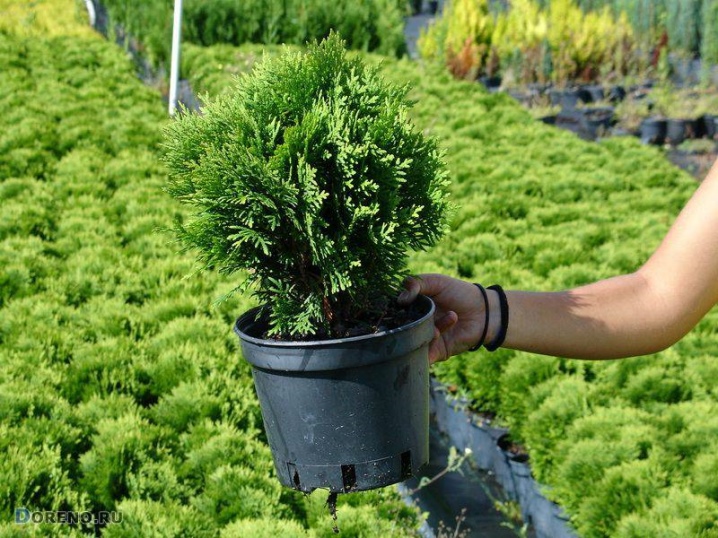
A spherical variety of dwarf thuja is recommended to be planted in loose and open ground in the spring.Make sure that there is no groundwater or liquid stagnant in the soil nearby. If you plant a plant in such a place, then the root system may experience negative influences (for example, it can go to rotting processes). If you are planting several dwarf thujas of the Danika variety at once, then you should pay attention to the planting scheme. So, shrubs should be at a distance of at least 30 centimeters from each other. Such remoteness will allow the crowns of coniferous thuja to grow and develop unhindered.

If you plant a shrub next to other plants, then the distance must be increased to 50 centimeters. Thanks to this, the shrub will be able to grow with beautiful decorative rounded foliage. Before deepening the seedling into the ground, it is necessary to make a hole, the size of which should be slightly larger than the size of the plant's root system. At the bottom of this recess, you need to lay out a drainage layer (for example, broken brick, stone chips or expanded clay). After that, a seedling is placed in the hole and covered with soil.

Helpful advice. It is advisable to mix the soil with which you will fill the seedling with minerals and rotted organic materials. After that, the thuja should be watered. In addition, during the planting process, it is recommended to carry out the mulching procedure. As a rule, peat, cut grass, wood chips are used for this.
How to care?
Caring for the Danica thujas in itself is quite simple and does not require a lot of costs (time, labor, money, etc.). In general, it is believed that a plant can grow and develop well even without watering. At the same time, botanists note that on moist and fertile soil, these processes will be more active and faster. Humidification will be especially important in hot and dry periods of the year. In order to add a sufficient amount of liquid, one plant needs to allocate at least 10-20 liters of clean water. In case of prolonged drought and high air temperatures, it is recommended to irrigate the crown of the plant with warm water. In addition, mulching is one of the most important maintenance measures.
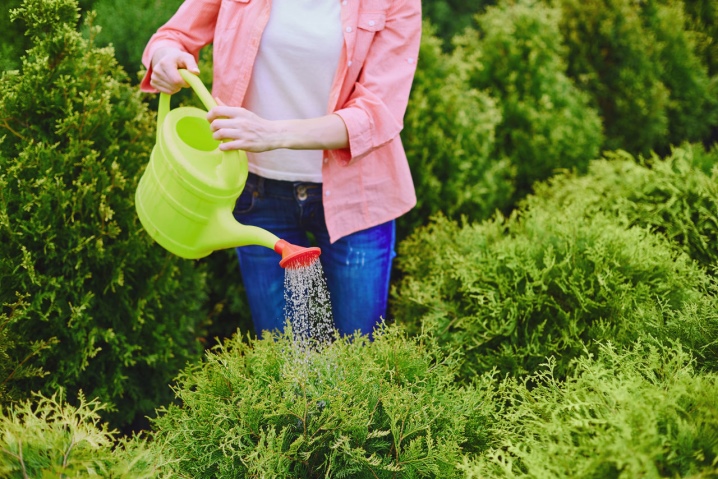
As for artificial feeding and fertilization, these procedures are recommended to be carried out in the spring. However, it should be borne in mind that the introduced substances will mostly affect the color of the crown, but in no way accelerate its growth, because Danica is a slow-growing variety. In general, ready-made mixtures for conifers, which are sold in gardening stores, can be used as fertilizers. Another important care measure is plant pruning. The sanitary procedure is carried out in the spring and consists in removing dry and broken branches, twigs that have been damaged by winds and precipitation, as well as pruning dry and non-viable needles.

For the period of cold weather, “Danica” should be protected from frost and rodents. Most often, spruce branches, non-woven fabric or burlap are used for this.
Reproduction methods
There are several ways to propagate the Danica variety thuja: by seeds and cuttings. To begin with, it should be noted that the seed propagation method is used only in extreme cases, if there is no possibility of propagation by cuttings. Thuja fruits, which in their essence are cones, are harvested in the autumn. (and the later the better). In general, you should wait until the seeds are fully ripe and begin to spill out of the buds naturally.
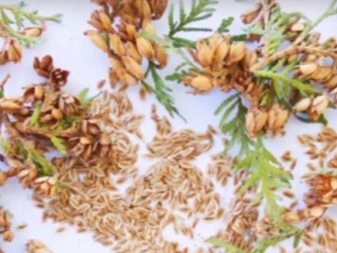
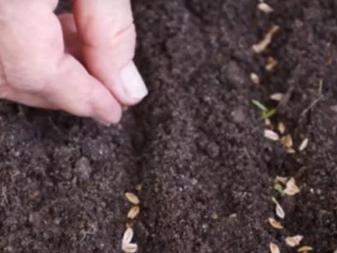
After you have received the seeds, they must be well dried, and then laid out on stratification under the snow. With the onset of spring, we start planting seeds. So, they need to be sown into the ground to a depth of about 50 millimeters. The distance between the holes should be about 10 centimeters. After the seeds are sown, a thin layer of needles and soil is laid out on top.We water the soil and wait for the first shoots. The seedlings will be ready for transplantation to a permanent place of growth only after 3 years.
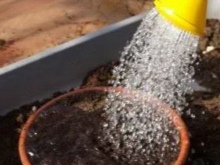
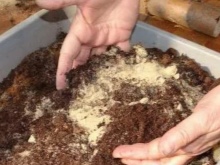

Important. The method of reproduction of thuja "Danica" by seeds has a big drawback - the plants obtained as a result of seed reproduction do not retain external varietal characteristics.
The second way to propagate a shrub is by cuttings. This method is considered to be the most effective and widespread. So, first of all, it is necessary to prepare the planting material. This procedure is recommended to be carried out in cloudy weather, and it is allowed to use only annual shoots. Before you start planting directly, you should soak the cuttings in water with potassium permanganate for 24 hours. After that, you need to prepare the ground (it can be in a box or in an open place, but in the form of a greenhouse). The cuttings are deepened into the soil at a slight angle by 5-7 centimeters.
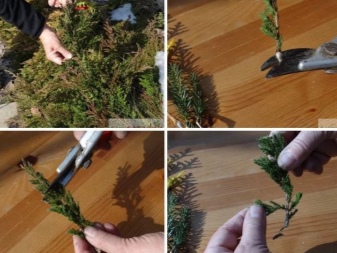
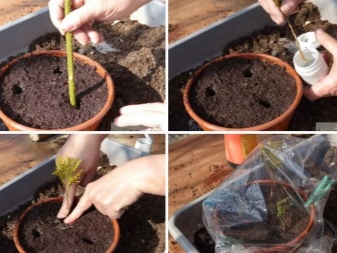
Important. Use cuttings from central branches. If you take the planting material from the side, then the crown of the new thuja can be uneven and disproportionate.
Diseases and pests
Generally speaking, the Danica thuja variety is a fairly resistant plant in relation to various diseases and pests. However, even such a resilient shrub can be negatively affected. So, thuja is susceptible to infection with false scutes and spider mites... These insects eat the needles, which leads to yellowing and shedding of the crown. In addition, pests can also eat the root system of the shrub, which is the reason for the loss of aesthetic appearance.
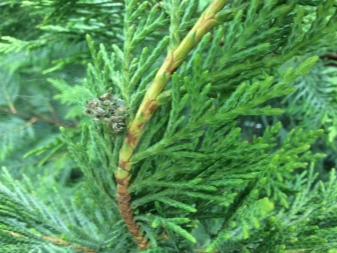

As prevention and treatment, drugs such as "Rogor", "Karbofos", "Decis" are used. In addition to pests, various diseases, including root and stem rot, and mold, can also have a negative impact on the plant. In order to protect the thuja from these ailments, the plant is treated with fungicide preparations.
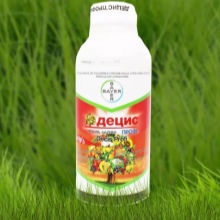

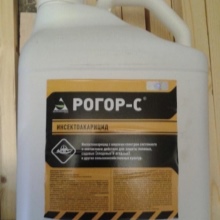
Application in landscape design
Thuja varieties "Danika" are actively used in landscape design. The shrub is used to design a variety of decorative compositions that adorn areas. For example, a dwarf plant is often used for landscaping. Thuja is a traditional plant that makes up hedges and curbs. In addition, landscape slides are often organized from the Danika variety. The shrub has a very miniature size, in this regard, it can also be planted in special containers, which decorate not only open areas, but also terraces, balconies, loggias, as well as halls and foyers of public places.
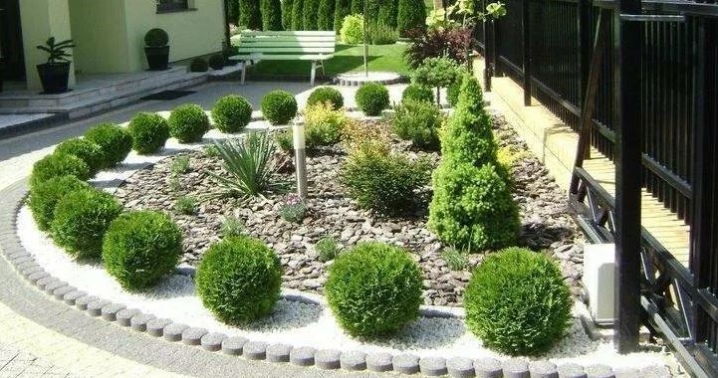
Favorably dwarf thuja looks surrounded by perennials that creep, against the background of colorful flowers and deciduous shrubs.
Thus, we were able to make sure that thuja varieties "Danica" are a miniature plant that is very popular both among gardeners and among landscape designers. With the help of a shrub, you can decorate your summer cottage or garden plot. However, it is worth remembering that "Danica" is a long-growing thuja, therefore, in the process of keeping and growing it, one should be patient. In addition, the plant does not require careful and comprehensive care, so planting and growing it is possible even for beginners. In order for the shrub to actively grow and develop, it is enough to water and mulch it, prune it, and also worry about preventing ailments and the appearance of pests.
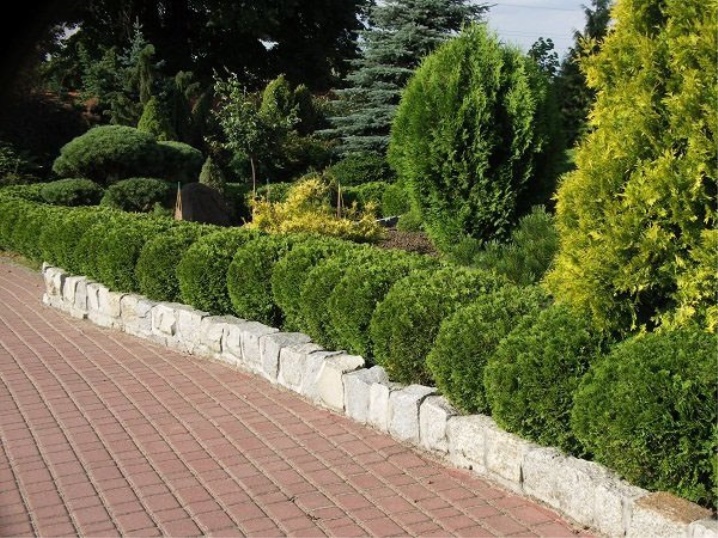
For information on how to properly care for the western thuja "Danica", see the next video.



































































The comment was sent successfully.